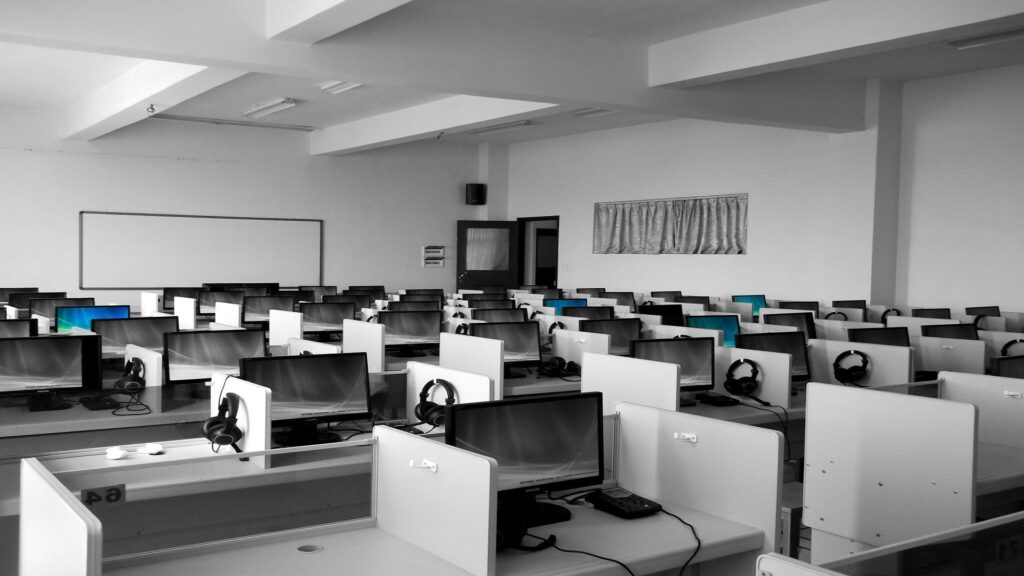Australia needs an explosive immigration boom committed to bringing in 2 million people over five years to assist with an economic rebuild and combat a looming labour shortage crisis currently facing the nation.
An ambitious national immigration plan like Australia’s post-World War II approach would ensure the nation benefits from the skills, investment and population growth that accompanies an increase in the migration intake.
The advice prepared by the Department of Premier and Cabinet as part of an incoming premier’s brief encouraged ‘an aggressive resumption of immigration levels as a key means of economic recovery and post-pandemic growth”. This rhetoric comes amid a “general labour” shortage that could undermine the NSW government’s plans for economic recovery as the state emerges from the COVID-19 pandemic.
An immediate increase in skilled migration would be dependent on an expansion or revamp of the state’s current quarantine system. The new NSW Premier, Dominic Perrottet has already indicated the government’s desire to end NSW’s 14-day hotel quarantine system and replace it with a 7-day home-based isolation requirement. A change in quarantine approach would also open the door to the state revisiting inbound passenger caps, allowing people to travel in and out of the country on a more fluid basis.
Priority push for skilled migration
NSW under the guidance of former premier, Gladys Berejiklian has been very proactive in pushing for the reopening of the Australian economy and in recent weeks the state has been joined by Victoria and the Commonwealth in “pushing a position focused on living with COVID-19″. This approach will likely see NSW reopen its international borders ahead of other states and territories.
The advice provided to Premier Perrottet focused on an immigration push which could include a “doubling” of pre-COVID immigration levels for the next five years and focusing on the skilled migration needed to develop key industry sectors.
Population growth since the pandemic has collapsed after federal and state governments closed off immigration, a mainstay driver of jobs and economic activity in Australia for decades.
Doubling net migration
Net overseas migration added 194,400 people to Australia’s population in the year ending June 2020, a fall from the 241,000 reached in 2018-19. A doubling of that pre-pandemic rate would see net migration increase to more than 400,000 a year, a staggering surge that would see the population swell by 2 million by 2026.
Peter Shergold, chancellor of Western Sydney University and the Commonwealth’s former top bureaucrat believes “there is a need to return to higher levels of migration across the board, both in terms of skilled migration and being more generous to people coming in under specialist humanitarian visas and, international students returning on temporary visas,”.
Migrants most needed in regional areas
Mr Shergold said the post-pandemic recovery should trigger a fresh debate about the need for more people to settle in regional NSW where labour shortages are most prevalent.
“As we increase migration levels once again, we also need to have a discussion about what balance we want to strike between permanent and temporary settlers. Increasingly those who have been coming to Australia and NSW have been people on temporary visas, whereas for 70 years our tradition was to take permanent settlers. Today, however, an increasing number of the workers we depend on are working holidaymakers, temporary skilled workers or international students.”
Mr Shergold also reiterated the view of the Productivity Commission and other independent economic experts that migrants arriving in Australia create demand, stimulate growth, and do not restrain wage growth.
This stance is a stark departure from where the state was headed before the pandemic. Ms Berejiklian in 2018 called for a halving of immigration to the state to keep up with infrastructure demands, however this approach is now stifling economic potential.
Chris Richardson at Deloitte Access Economics is of the opinion that closed borders may turn out to be a bigger threat to the economy than the lingering effects of state lockdowns. He predicted without any future intervention there would be 900,000 fewer people living in Australia than was expected before the pandemic by 2025.
Source: Australian Financial Review

